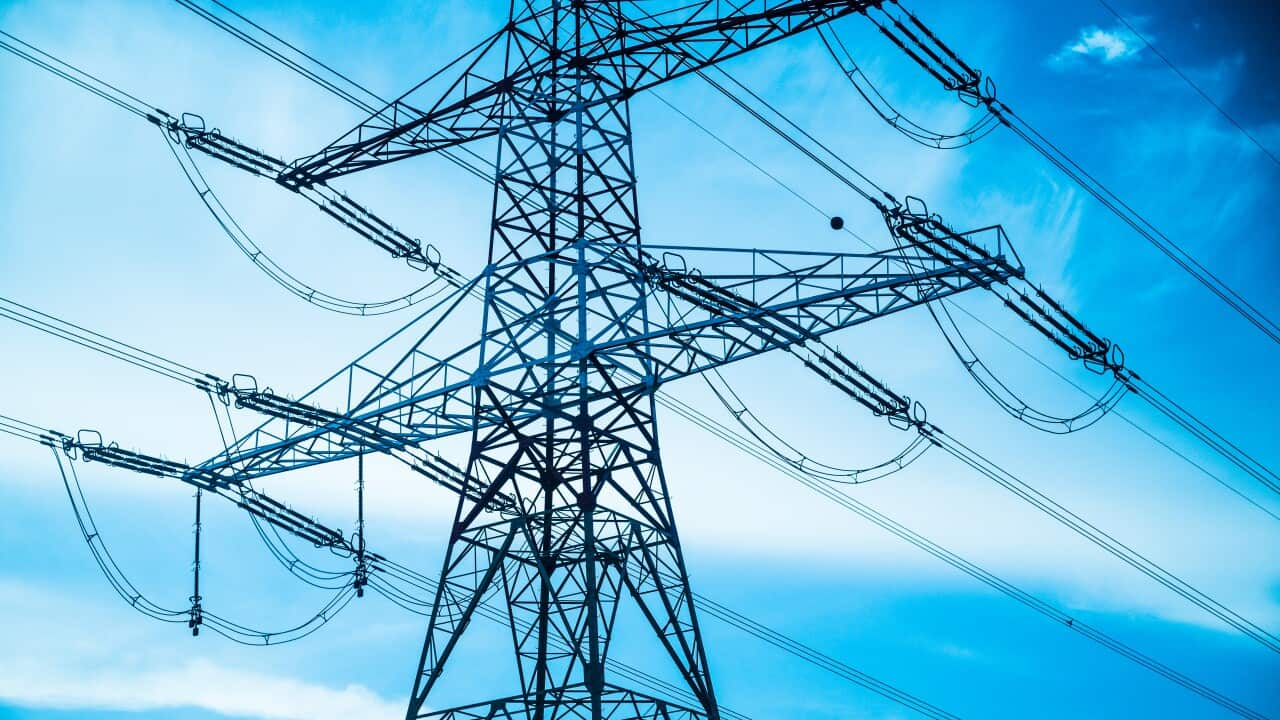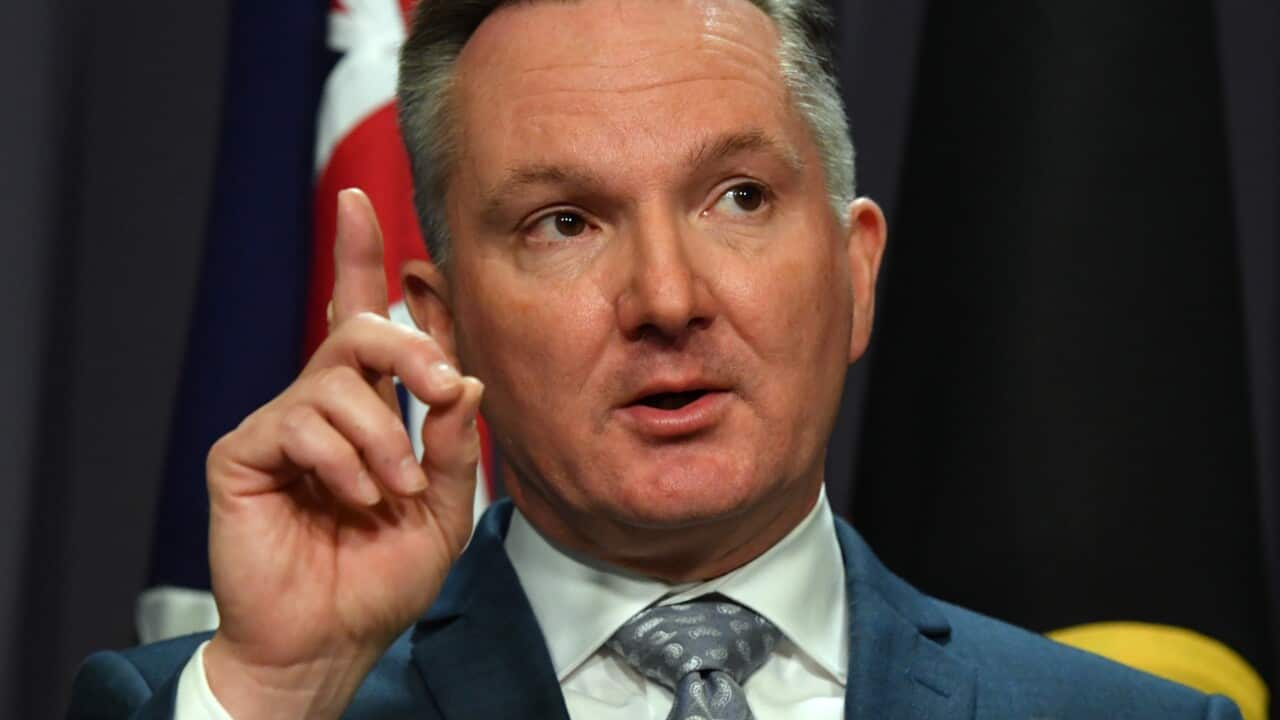Key Points
- Australia's gas prices - particularly on the east coast - are soaring.
- But how exactly did this happen, and can anything be done about it?
Australia's gas prices - particularly on the east coast - continue to soar, and politicians and experts have reiterated that the country is in a difficult position, with no easy way out of the crisis.
But how exactly did this happen and can anything be done about it?
What is causing the gas prices to rise?
According to the Australian Energy Marker Operator (AEMO), wholesale energy prices were up 141 per cent in the first quarter of 2022 compared with last year.
Treasurer Jim Chalmers and energy minister Chris Bowen have described the situation as a "perfect storm" of factors, including a change in weather, geopolitical events and unscheduled outages at coal-fired power stations in Australia.
Roberto F. Aguilera, energy economist at Curtin University, said the rising prices can be partially attributed to an increase in demand and a decrease in supply, along with a lack of substitution.
"It has something to do with the cold weather, which means energy consumption rises for heating," he said.
"The problem is on the supply side, there have been coal production outages, and natural gas could normally come in and fill in for coal, but gas is in short supply as well, because there just isn't enough to satisfy domestic requirements and to meet export obligations."
Australia exports the overwhelming majority of its gas, which means our prices are often reflective of the international market, which is also experiencing surging prices amid a shortage.
Ariel Liebman, director of the Monash Energy Institute, described the situation as a "crisis decades in the making".
"This would all have been preventable if successive governments had paid proper attention to rigorous monitoring and regulation of all the key energy markets in Australia," Professor Liebman said.
"This is a policy failure a long time in the making and it will be very hard to remedy it quickly."
What is happening internationally?
Internationally, gas prices are being impacted by a range of factors, with the major trigger being Russia's invasion of Ukraine.
Russia, which is one of the world's biggest producers and exporters of gas, has been sanctioned by some countries and has cut off its exports to others during the ongoing war.
Mr Aguilera said the decrease in supply has resulted in upward price pressure in Australia.
"In the eastern states, gas prices are linked to the price in Asia, and Asia itself is experiencing a gas supply crunch [which is] related to disruptions from Russia," Mr Aguilera said.
"So that's bringing prices up in that region and because the markets are connected, we feel it here at home as well."
Professor Liebman says in their scramble to replace supply from Russia, many European countries have been going to other sources.
"Getting that supply quickly means they're buying it on what's known as the 'spot market', and that's a term related to any commodity, which means you buy it on the spot at whatever price is available at that moment," he said.
"That price has gone through the roof, and therefore the producers of gas are able to - through the Australian gas market - claim that they have to charge those prices domestically as well."
What has been done about it?
While the Labor government has been pressed on the issue since taking office following its election win in late May, energy minister Chris Bowen has said there is "no silver bullet" when it comes to the gas crisis.
State energy ministers decided on an 11-point plan at a virtual summit on 9 June. As part of the plan, the energy market operator will have powers to buy and store gas, while the scope of regulators will be boosted to ensure transparency in the sector.
The federal cabinet on Thursday resolved to ensure the domestic gas security mechanism - known also as the "gas trigger" - would be extended beyond its 1 January expiry date.
The government will seek to renegotiate a "heads of agreement" signed by former prime minister Scott Morrison with east coast LNG exporters in January 2021, which the former prime minister said would ensure more gas is offered to the domestic market, more often, and on more competitive terms at least until 2023.
Changes to the capacity mechanism - which allow retailers to pay power generators for spare energy capacity during times of limited supply - will also be accelerated.
The AEMO earlier imposed a wholesale price cap of $40 per gigajoule.
What more can be done?
While renewables have been touted as a long-term solution, experts generally agree there is no easy quick fix.
Samantha Hepburn, professor of energy law at Deakin Law School, said Australia should adopt a national reservation policy similar to Western Australia, which preserves 15 per cent of liquefied natural gas for the domestic market.
"That has pretty much immunised consumers and small businesses from these enormous price rises, whereas on the east coast we haven't got that and effectively, it means we are at the mercy of an international market," she said.
"If the government is not going to impose policy, then we could attack the private agreements because every single gas supply agreement will have a clause called force majeure, which basically says if there are external events which prevent you from complying with your contractual agreements, such as an act of war, then you don't have to comply."
Professor Hepburn says it could be argued that the Russia-Ukraine war and its impact on the global market could be a justification for enacting force majeure.
"We either swiftly implement protection policy that preserves a component of the domestic market and immunises us from the disrupter events occurring internationally ... or we then say there is a ban on exports, effectively," she said.
"The only legislative measure that exists to deal with this is the domestic gas pricing mechanism which has never been triggered and appears to be little more than a rhetorical flourish."
In the long term, Professor Liebman says governments need to work together in an involved approach to transform the energy market.
"The current set of market frameworks don't really provide sufficient incentives to decarbonise faster, or to have an orderly transition away from coal and gas ... and we need the electricity sector to be pretty much net-zero by 2035 if we're to comply with the climate science-based targets."
"We've got some interesting challenges to solve and we can solve them and we have to do it in Australia."














